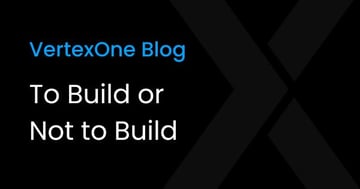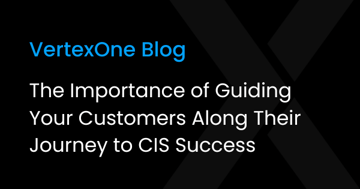As utilities continue to diversify and broaden their tech capabilities, there’s increasing discussion around leveraging advanced characteristics within the distribution architecture. These include analytics and, more recently, IoT and related intelligent devices.
IoT typically refers to the number of connected devices that live within a particular distribution infrastructure. In our industry, these refer to things like smart meters and pressure sensors for water and gas utilities. These are responsible for sending data back to the providers on a regular, even hourly, basis.
Technologies like machine learning and IoT allow utilities to examine this data through a different, more specific lens. These learnings can then be applied to new incoming data for a closer look at the feedback provided by customers. In turn, this can help improve preventative maintenance to proactively address issues before they take place.
At Vertex, we are proud to remain on the cusp of utility innovation and success by helping our customers make the most of these unique technologies. For example, smart meter data can be used to proactively identify leaks for our water utility customers. Through analytics and machine learning, we can analyze actual leak patterns from previous instances to train our custom algorithm.
Another example came with one of our electric utility customers using a concept called load disaggregation analytics. The idea behind this is taking a total load and splitting it into two parts: a base load and a variable HVAC load. We then take the HVAC load to see how it compares with the premise age, size and related considerations. This allows the utility to gauge HVAC consumption and offer equipment replacement programs, if needed. This technology allowed the utility to reach low-income customers and mitigate the impact of a rate increase by targeting a user group that needed it most.
To learn about how Vertex is proactively using these future-focused concepts, watch our video below.



